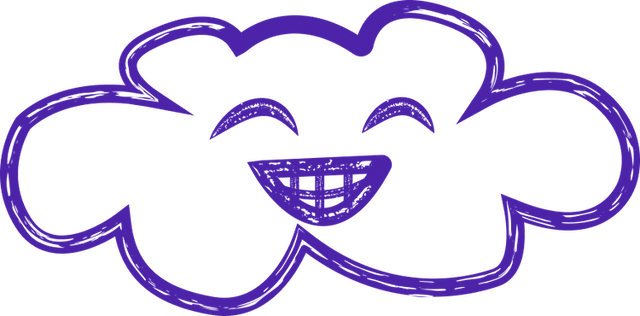
wysiwyg what you see is what you get
WYSIWYG (What You See Is What You Get)
Enhancing User Experience with Visual Accuracy
WYSIWYG editors aim to enhance the user experience by providing a real-time visual representation of the content being created or edited. Instead of relying solely on code or markup, users can directly interact with the elements on the screen, making adjustments and observing the immediate effect on the layout, formatting, and styling. This visual accuracy empowers users with a more intuitive and efficient means of content creation, eliminating the need for constant toggling between editing and preview modes.
Streamlining Content Creation and Editing
By presenting an accurate visual representation, WYSIWYG editors eliminate the guesswork involved in content creation and editing. Users can easily manipulate text, images, multimedia elements, and other components within the context of the final output, allowing them to fine-tune the appearance and structure of their content without relying on technical expertise. This streamlining effect enables users with varying levels of technical proficiency to produce professional-looking results, reducing the learning curve and saving valuable time.
Facilitating Design Iterations and Collaboration
WYSIWYG editors also play a significant role in facilitating design iterations and collaboration among team members. The ability to see the immediate visual impact of changes encourages experimentation and exploration, enabling designers and developers to iterate rapidly and refine their designs. Moreover, WYSIWYG editors provide a common visual language, allowing team members from different backgrounds to collaborate effectively by visualizing and discussing design choices in a more tangible manner.
Enabling Cross-Platform Consistency
In today's multi-device landscape, where content is consumed across various platforms and screen sizes, achieving consistency in visual presentation is crucial. WYSIWYG editors help address this challenge by providing a unified environment where users can design and preview content across different devices simultaneously. This feature allows designers and developers to ensure that the content appears consistent and visually appealing, regardless of the device or platform on which it is accessed.
Empowering Non-Technical Users
One of the key advantages of WYSIWYG editors is their ability to empower non-technical users to create and manage content without relying on developers or designers. By providing a visual interface that closely resembles the final output, these editors lower the barrier to entry for content creation, enabling individuals with limited technical skills to take control of their online presence. This empowerment fosters creativity and independence, allowing users to express their ideas and showcase their work without the need for extensive technical knowledge.
In conclusion, WYSIWYG (What You See Is What You Get) is a powerful concept in software development and design that revolutionizes the way content is created, edited, and visualized. By providing users with a real-time visual representation, WYSIWYG editors enhance the user experience, streamline content creation and editing, facilitate design iterations and collaboration, ensure cross-platform consistency, and empower non-technical users.

Digital Transformation Strategy for Siemens Finance
Cloud-based platform for Siemens Financial Services in Poland
Kick-start your AI Digital Transformation strategy with experts.
We design tailored digital transformation strategies that address real business needs.
- AI Strategic Workshops
- Process & Systems Audit
- Implementation Roadmap
Let’s build your next digital product — faster, safer, smarter.
Book a free consultationWork with a team trusted by top-tier companies.








